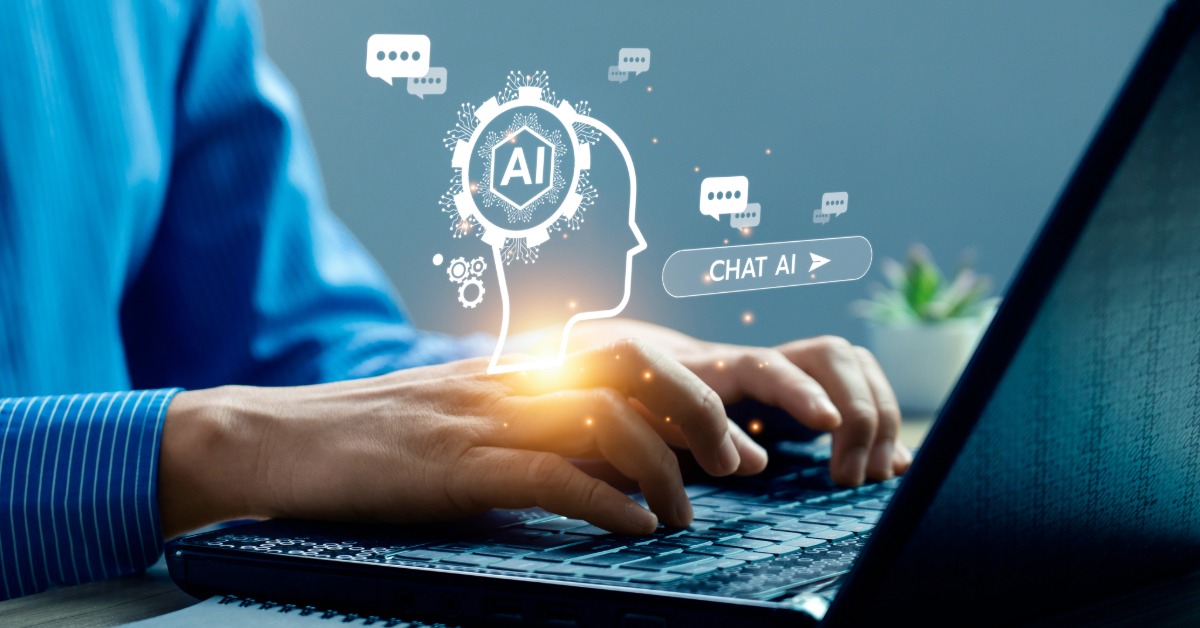- Capitalize on the lessons from GPT-5’s rocky debut by recognizing how transparency can strengthen credibility against rivals in the AI race.
- Focus on the mechanics of the rollout, including the autoswitcher and fallback to GPT-4o, to understand how OpenAI manages performance issues.
- Remember that user trust depends not just on technical power, but on warmth, empathy, and communication style that make AI feel more human.
- Stay alert to the promise of GPT-6, which aims to blend efficiency with emotional intelligence, setting the stage for a more engaging AI future.
The release of GPT-5, which was anticipated to herald a significant new development in artificial intelligence, turned out to be much more chaotic than projected.
Even Sam Altman, the CEO of OpenAI, felt compelled to admit that the company “totally screwed up some things on the rollout.”
Technical problems, mixed user feedback, and inflated expectations have tripped up GPT-5 in its attempt to establish itself as a bold new step and potentially the definitive achievement in large language models. Altman is already talking up the next generation — GPT-6, which he claims will be a better model and more aligned with what users actually want.
Launch Problems: Altman’s Candid Assessment
The rollout of GPT-5 was not seamless from the very start. According to Altman, one of the major issues is managing the “autoswitcher,” the system that selects the best model to respond to a request. GPT-5 was more problematic than successful, giving the impression of being unable to provide coherent answers.
OpenAI reinstated GPT-4o for subscribers — an acknowledgment that some part of the community still preferred the older model — to address user frustration caused by technical issues. It is unusual in this industry to admit weakness. Sam Altman, however, explained that the team had mismanaged communication and expectations.
GPT-5: Powerful but Not Revolutionary
Despite these deficiencies, GPT-5 is not without merit. Based on expert feedback and OpenAI’s own statements, the model has advanced in certain respects, making it better than its predecessor in some areas:
- Coding: Improved ability to generate and debug code (further supporting the adoption of autonomous AI agents)
- Writing: Better structured, more accurate, and contextually aware content
- Health and expertise: Increased reliability
However, GPT-5 has not crossed the threshold of artificial general intelligence (AGI). It remains an advanced assistance tool, without the capacity for autonomous learning or long-term reasoning. For Altman, this next step remains out of reach, although he feels the new model gets OpenAI a little closer to that ambition.
Users Frustrated by Robotic Tone
One of the main complaints about GPT-5 is that it isn’t very warm. Several users said that it feels quite robotic, rigid, and dehumanized. Some are going so far as to say that it seems like an emotionless corporate tool.
By contrast, GPT-4o was deemed to be more fluid, more empathetic, and more pleasant to use on a daily basis.
This perceived loss of user-friendliness has damaged the reputation of GPT-5. To make up for this shortcoming, OpenAI has promised to develop two features for future incarnations of the GPT program:
- Personalized response preferences: GPT-6 could adapt to whether users prefer brief answers or detailed explanations
- Consistent communication style: Maintaining tone consistency across conversations and recurring tasks
Additionally, Sam Altman confesses to feeling a certain anxiety when confronting his model’s speed and power, and says it “scares” him. “Maybe it’s great, maybe it’s bad, but what have we done?” he said.
These comments bring to mind the ethical predicaments associated with artificial intelligence. Altman emphasizes the necessity of maintaining control. He dismisses the notion of creating sexual chatbots or other similarly exploitative programs. Instead, he wants to focus on more ethical and social applications.
GPT-6 May Deliver What GPT-5 Promised
Moving forward, OpenAI is now placing its bets on GPT-6, which should mark a real difference. Altman now promises a “friendlier” AI, which not only gets the meaning of words but also understands the emotional context of conversations. The idea is to create a model which is both efficient and warm, reconciling effectiveness and empathy.
While Altman seems confident, many observers are cautious. Some experts warn of a possible AI bubble — one inflated by massive investment and excessive unrealistic expectations. In response to such uncertainty, some investors are shifting focus to more stable opportunities, including high dividend stocks, as a hedge against volatility in the tech sector.
Therefore, OpenAI’s challenge will be twofold: to hold on to its technological lead against increasingly strong competition from Claude, DeepMind, and xAI and to meet the steadily rising demand for an AI that is not only incredibly smart but also deeply human.
GPT-5 serves as an excellent example of the tortuous pathway leading to general artificial intelligence. It is powerful yet underwhelming for many people.
Sam Altman tries to restore confidence and set a new course for the future with GPT-6 by publicly acknowledging the company’s mistakes. More than just a language model, this version aims to become an integrated, intelligent, and empathetic AI that knows you and your social world.
Whether this promise will be kept remains uncertain, and it could become another example of ambitious announcements outpacing actual results.
Frequently Asked Questions
What were the main problems with the GPT-5 launch?
GPT-5 struggled with technical flaws, such as issues in the autoswitcher that affected response quality. Users also criticized its robotic tone, prompting OpenAI to reintroduce GPT-4o as a fallback for subscribers.
Why did some users prefer GPT-4o over GPT-5?
Many users felt GPT-4o was more personable, empathetic, and fluid in conversation compared to GPT-5’s colder, corporate-sounding style. This contrast led some to revert to GPT-4o for daily use despite GPT-5’s stronger coding and writing abilities.
Did GPT-5 achieve artificial general intelligence (AGI)?
No, GPT-5 did not cross into AGI. It remains a highly capable assistance tool but lacks autonomous learning or advanced long-term reasoning, keeping AGI ambitions out of reach for now.
How has Sam Altman responded to GPT-5’s criticism?
Sam Altman admitted OpenAI mishandled aspects of the rollout and acknowledged user frustration. He emphasized transparency and committed to making GPT-6 more aligned with user needs, especially in warmth and personality.
What improvements did GPT-5 bring compared to GPT-4o?
GPT-5 demonstrated better coding capabilities, more structured writing, and increased reliability in healthcare-related tasks. However, these technical gains were overshadowed by complaints about its tone and overall user experience.
Why is user-friendliness considered so important in AI models?
Even the most advanced answers lose impact if users feel disconnected from the AI. A friendly, empathetic tone builds trust and makes long-term engagement more likely, which is why warmth is now a major focus for future iterations.
What new features could GPT-6 include?
OpenAI plans to introduce personalized response preferences, allowing users to choose shorter or longer answers, and consistent communication styles across conversations. These updates are designed to create a more natural and adaptive experience.
Is there concern about an AI bubble forming?
Yes, some experts worry that soaring investment and high expectations may be inflating an AI bubble. This concern is driving some investors toward safer assets like high-dividend stocks as a hedge against tech sector volatility.
What ethical stance has OpenAI taken regarding GPT-5 and beyond?
Altman has emphasized that OpenAI will not pursue exploitative applications like sexual chatbots. Instead, the company wants AI to serve ethical, socially beneficial purposes while being carefully monitored to avoid misuse.
What should users expect from GPT-6 compared to GPT-5?
Users can expect a friendlier, warmer, and more emotionally aware AI that balances intelligence with empathy. If successful, GPT-6 may deliver the human-like qualities that many felt were missing in GPT-5’s rollout.




